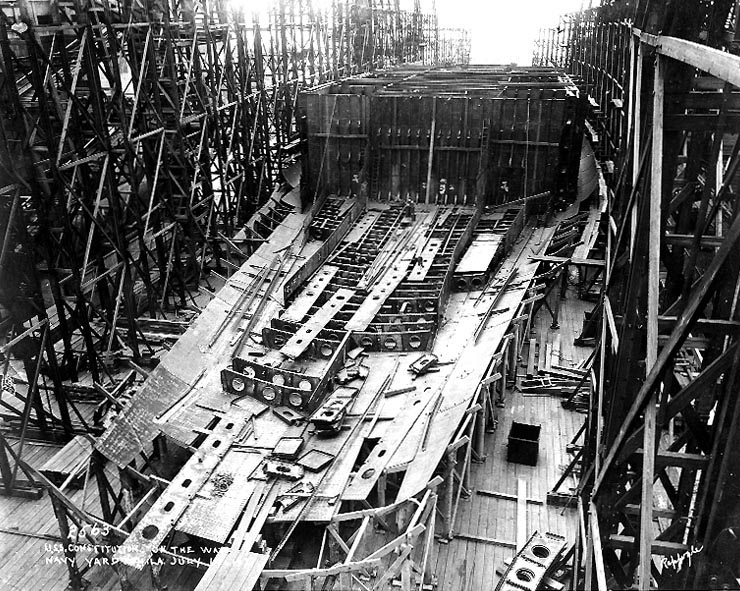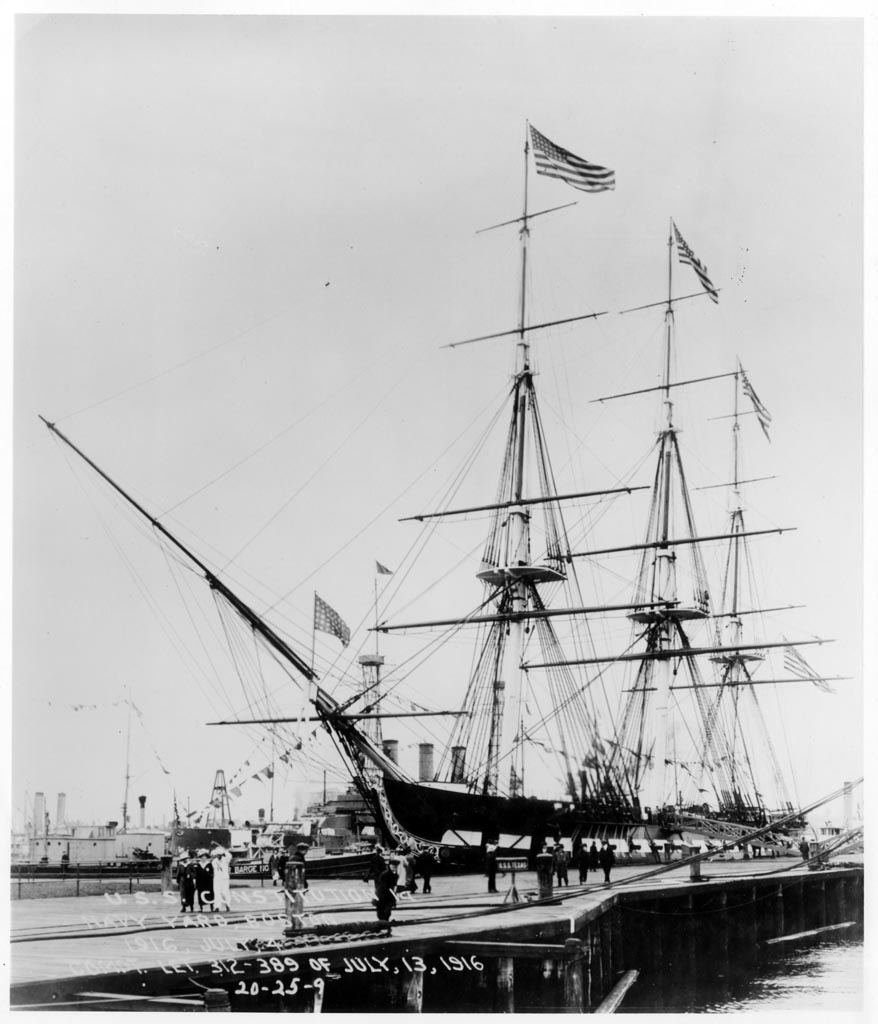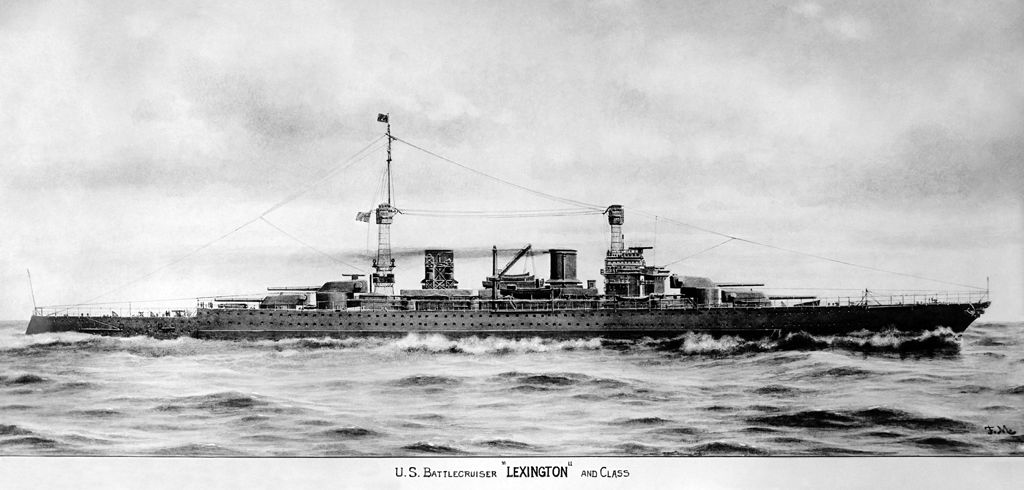April 6, 2017 marks the 100th anniversary of the United States’ entry into World War I with its declaration of war against Germany.
Four days earlier, on April 2, President Woodrow Wilson went before a joint session of the U.S. Congress and cited the reasons to go to war. The greatest impetus was that Germany continued to violate the “Sussex pledge” of 1916, which was intended to stop unrestricted submarine warfare in the North Atlantic and the Mediterranean. In early 1917, the German Navy convinced Kaiser Wilhelm II that it could defeat Great Britain in five months if submarine attacks on merchant ships were to resume. German policymakers argued that the United States was no longer a neutral party after it began supplying munitions and money to the Allies (Britain, France, Russia, and Italy). The revelation of Germany’s clandestine attempt to bring Mexico into an alliance against the United States, in mid-January 1917, further tipped the balance toward war.
“Whereas the Imperial German Government has committed repeated acts of war against the Government and the people of the United States…; Therefore be it Resolved by the Senate and the House of Representatives…, that the state of war between the United States and the Imperial German Government which has thus been thrust upon the United States is hereby formally declared… [Source Records of the Great War, Vol. V]
USS Constitution, a veteran of several 19th century wars, was not herself pressed into service for the “war to end all wars,” but, oddly, her name was appropriated for a new, modern, swift, heavily armed warship.
In “An Act making appropriations for the naval service for the fiscal year ending June 30, 1917, and for other purposes,” which was approved August 29, 1916, Congress allocated money to build six battlecruisers that were intended to be fast combat scouts for a battle fleet. Known as the “Lexington-class,” the fifth of the six cruisers was designated “Constitution” on March 1, 1917.


The United States’ entry into World War I interrupted the building of the six battlecruisers. The keel of the new “Constitution” was not laid down in the Philadelphia Navy Yard until September 25, 1920.


“The United States of America, the British Empire, France, Italy and Japan; Desiring to contribute to the maintenance of general peace, and to reduce the burdens of competition in armament; Have resolved…to conclude a treaty to limit their respective naval armament…On coming into force of the present Treaty…all…capital ships, built or building, of the United States, the British Empire and Japan shall be disposed of…” [Limitation of Naval Armament (Five-Power Treaty of Washington Treaty), February 6, 1922]
The Washington Treaty was formally ratified on August 17, 1923. The U.S. Navy swiftly enforced the terms of the treaty; within eight days of ratification, the battlecruisers were cancelled. The new “Constitution” was sold “as is” (she was unfinished and still on her building ways at the Philadelphia Navy Yard) for $92,024.40 on October 23, 1922.
“Old Ironsides” was given back her rightful name on July 24, 1925, when she became, once again, USS Constitution.


The activity that is the subject of this blog article has been financed in part with Federal funds from the National Maritime Heritage Grant program, administered by the National Park Service, U.S. Department of the Interior, through the Massachusetts Historical Commission, Secretary of the Commonwealth William Francis Galvin, Chairman. However, the contents and opinions do not necessarily reflect the views or policies of the Department of the Interior, or the Massachusetts Historical Commission, nor does the mention of trade names or commercial products constitute endorsement or recommendation by the Department of the Interior, or the Massachusetts Historical Commission.
The Author(s)
Margherita M. Desy
Historian, Naval History & Heritage Command
Margherita M. Desy is the Historian for USS Constitution at Naval History and Heritage Command Detachment Boston.
